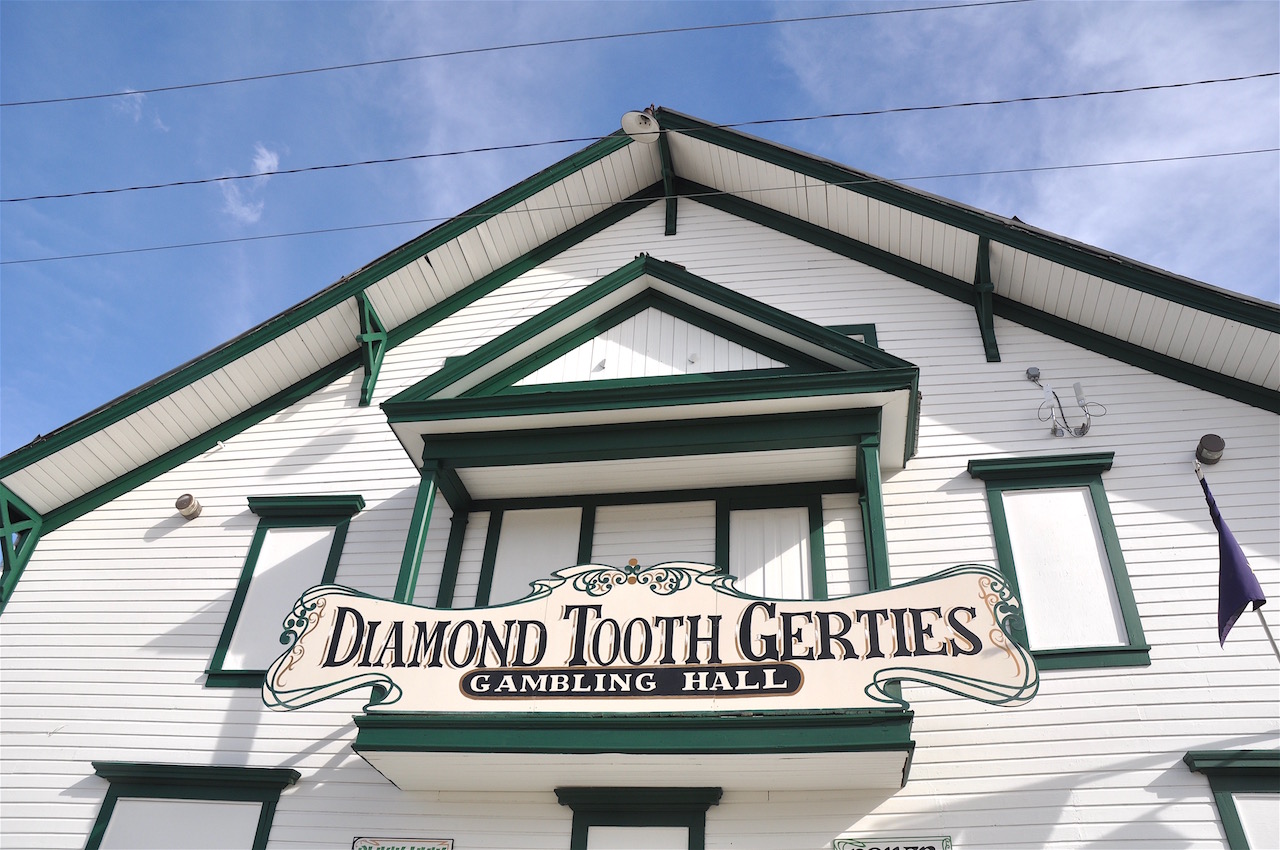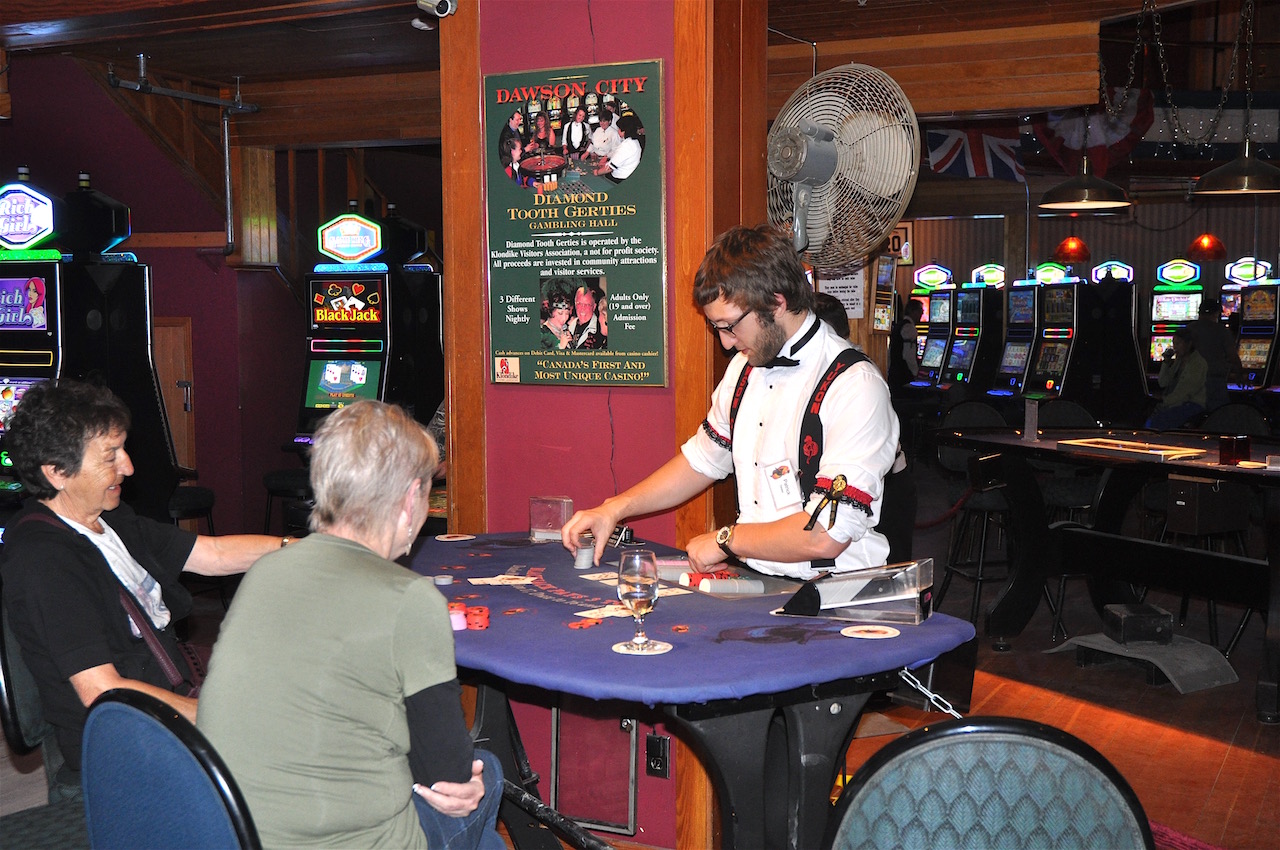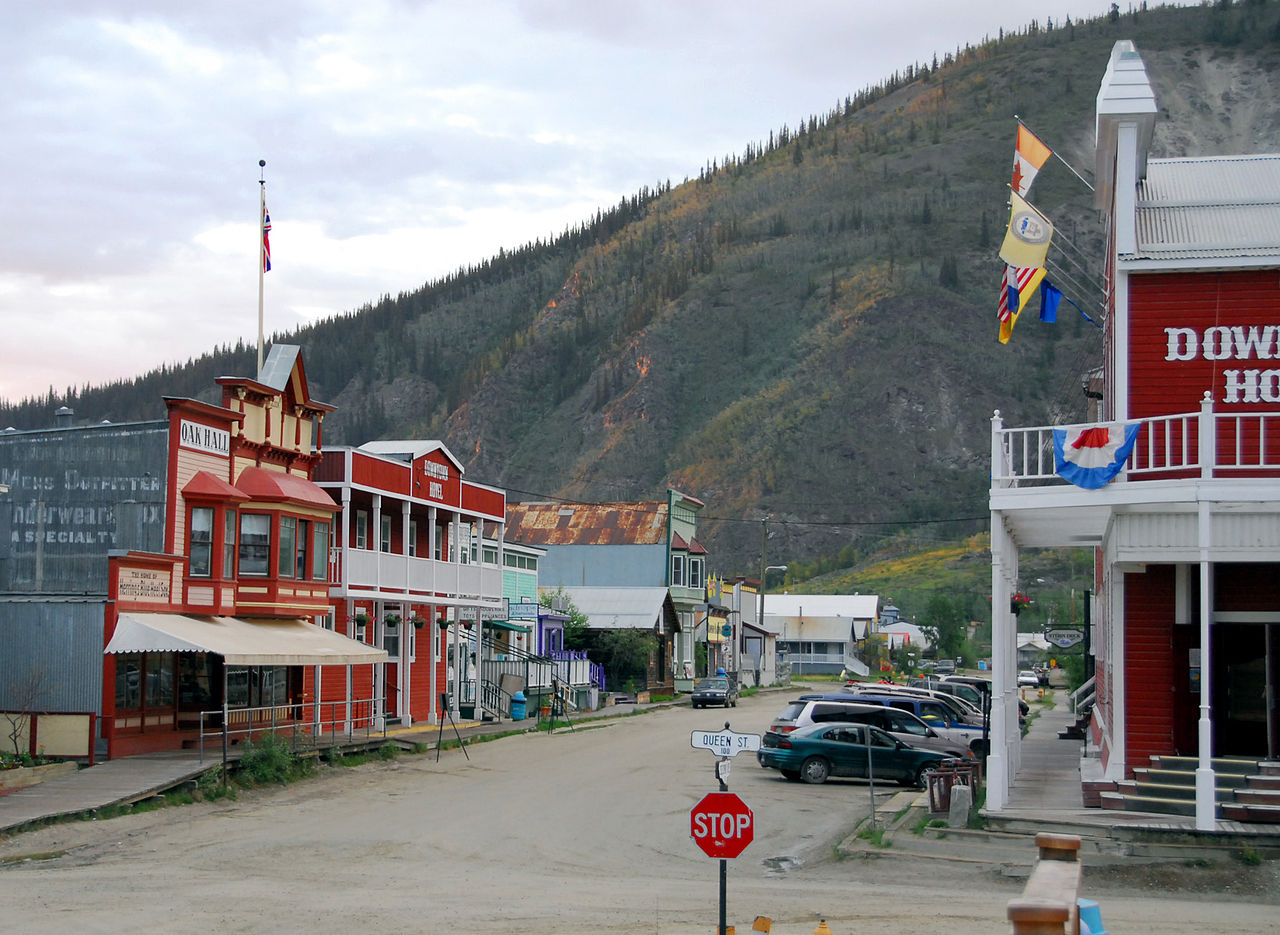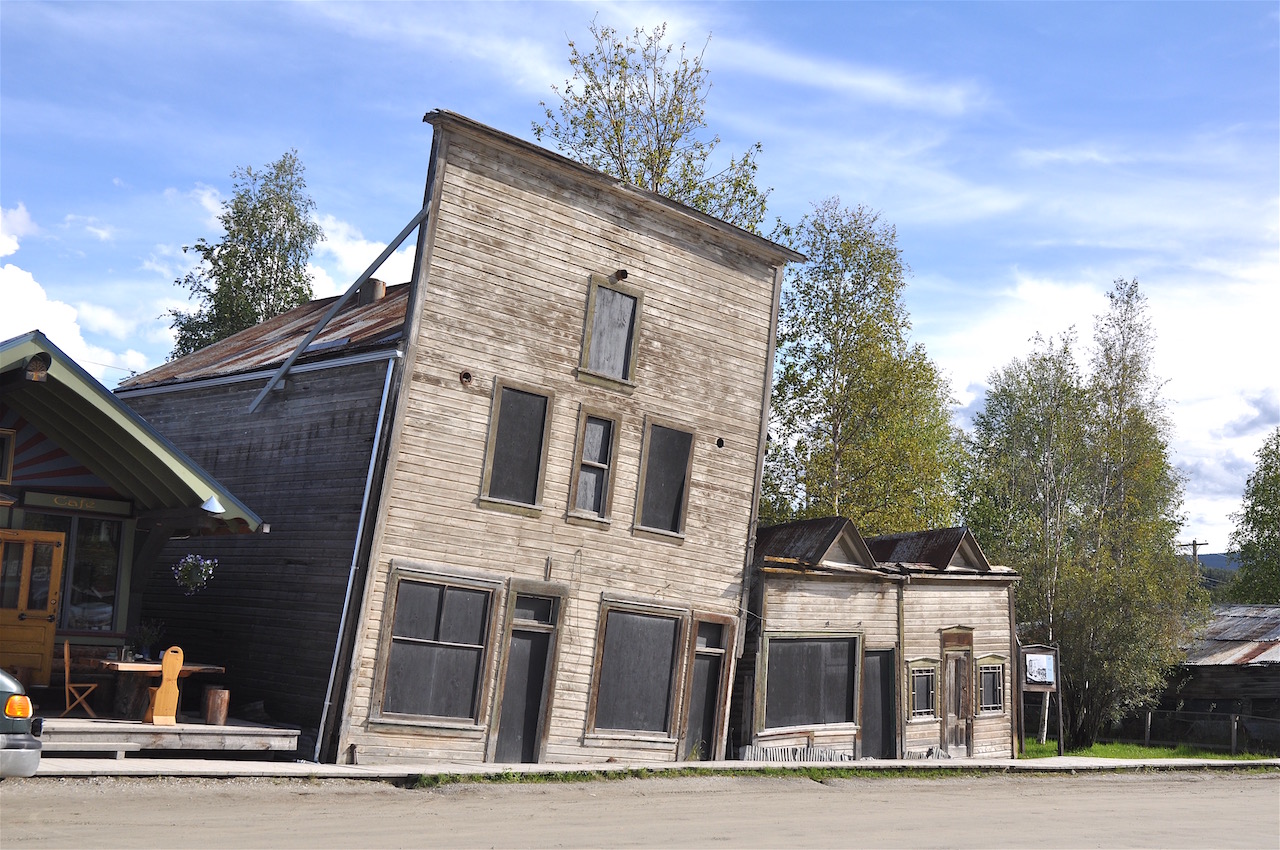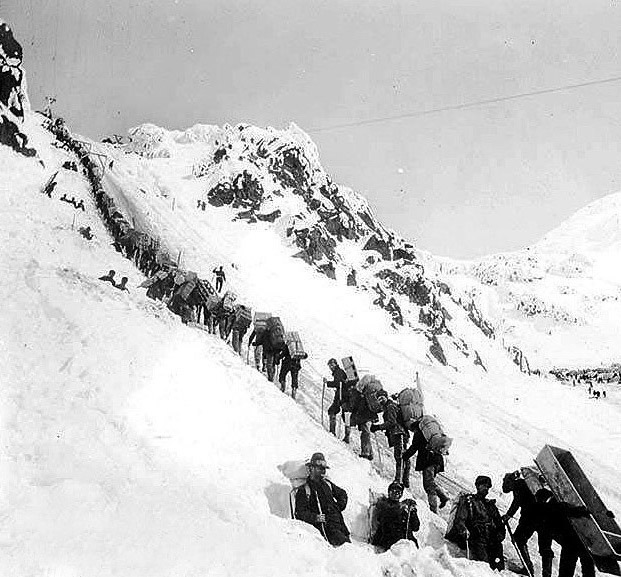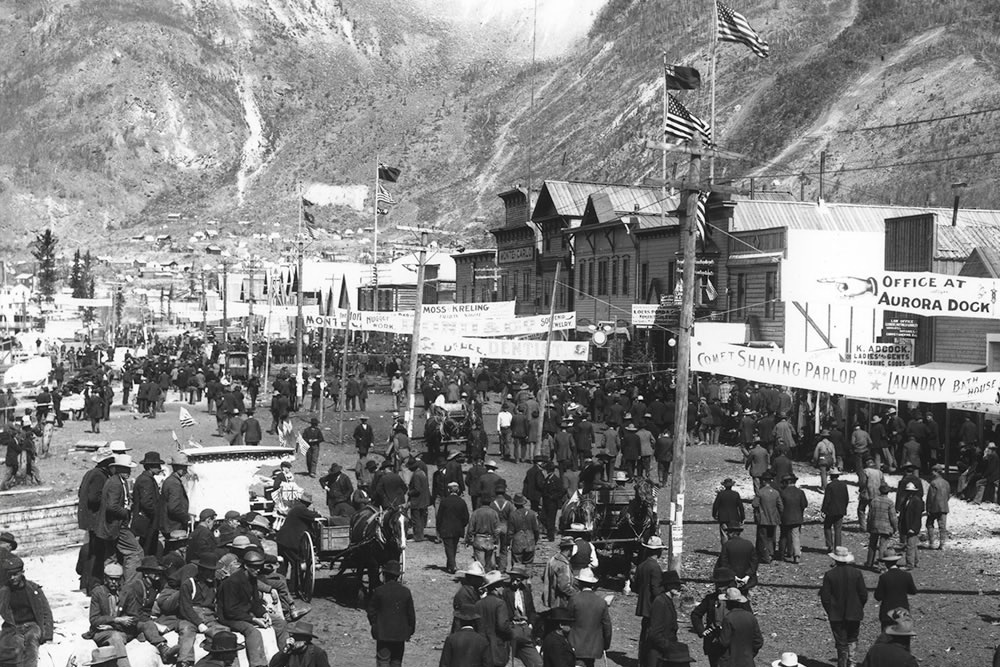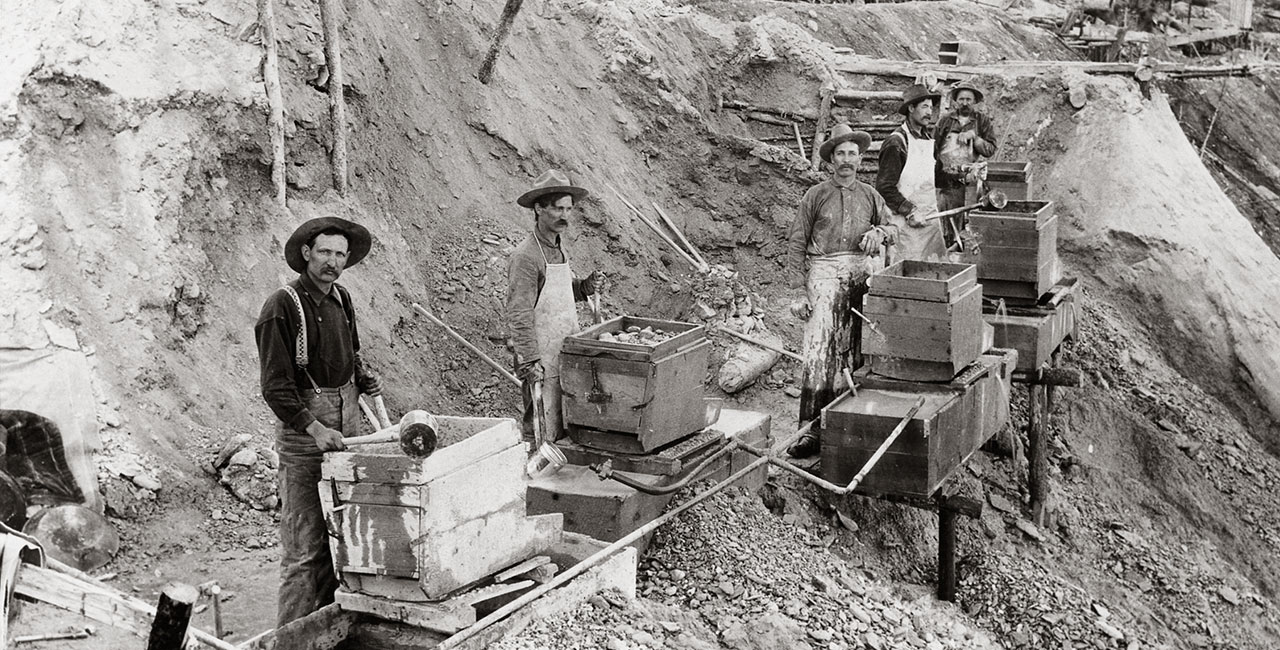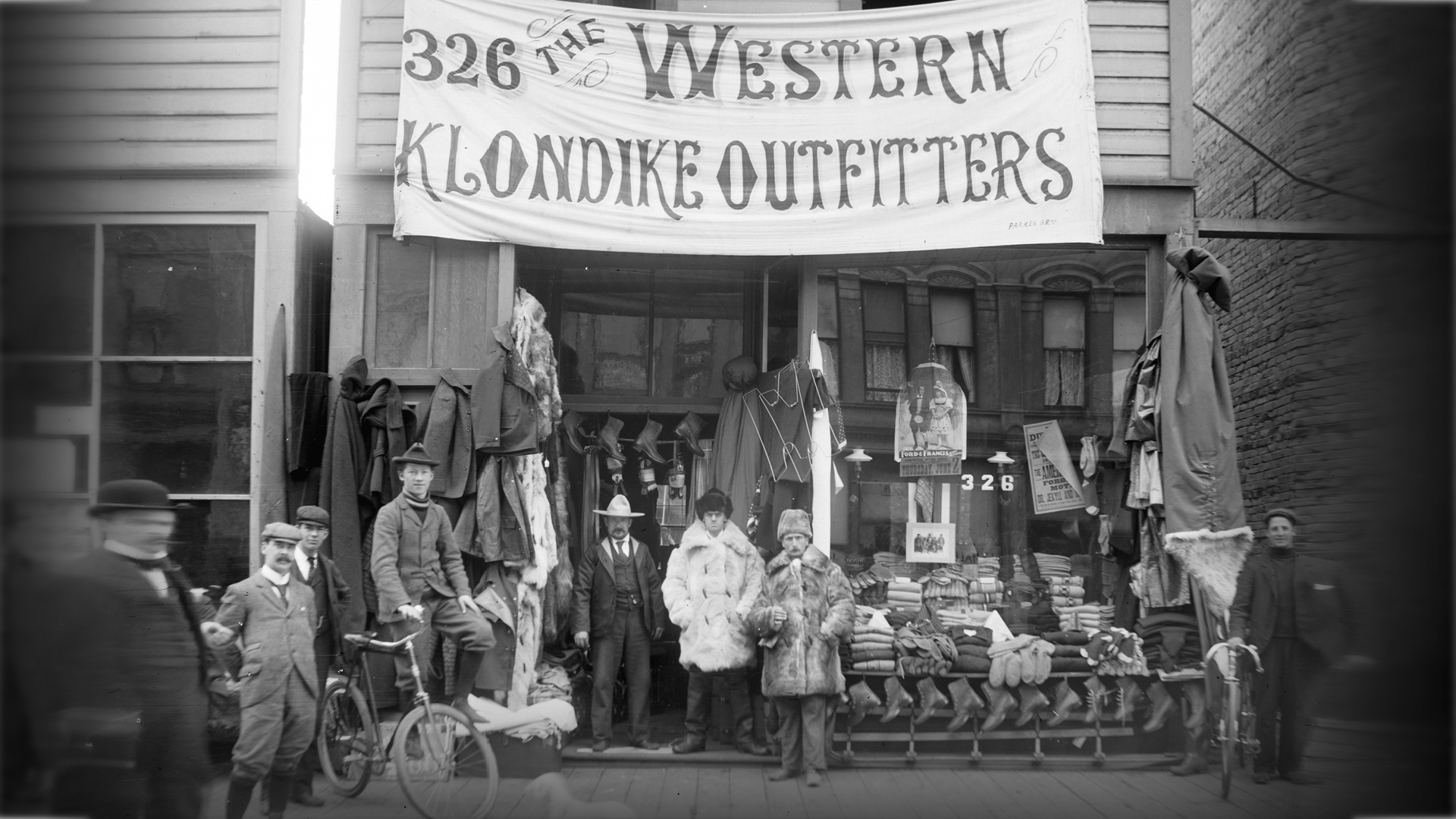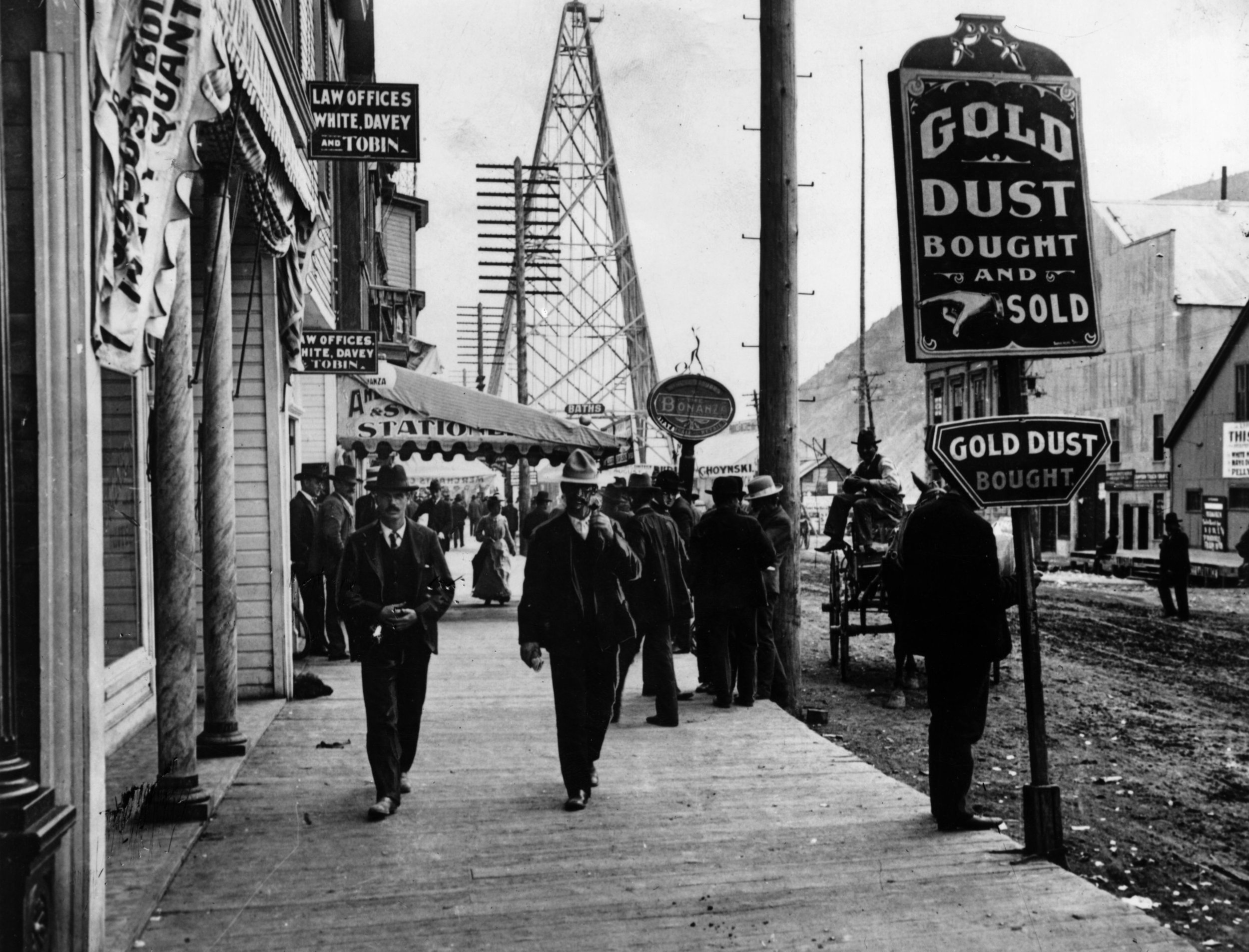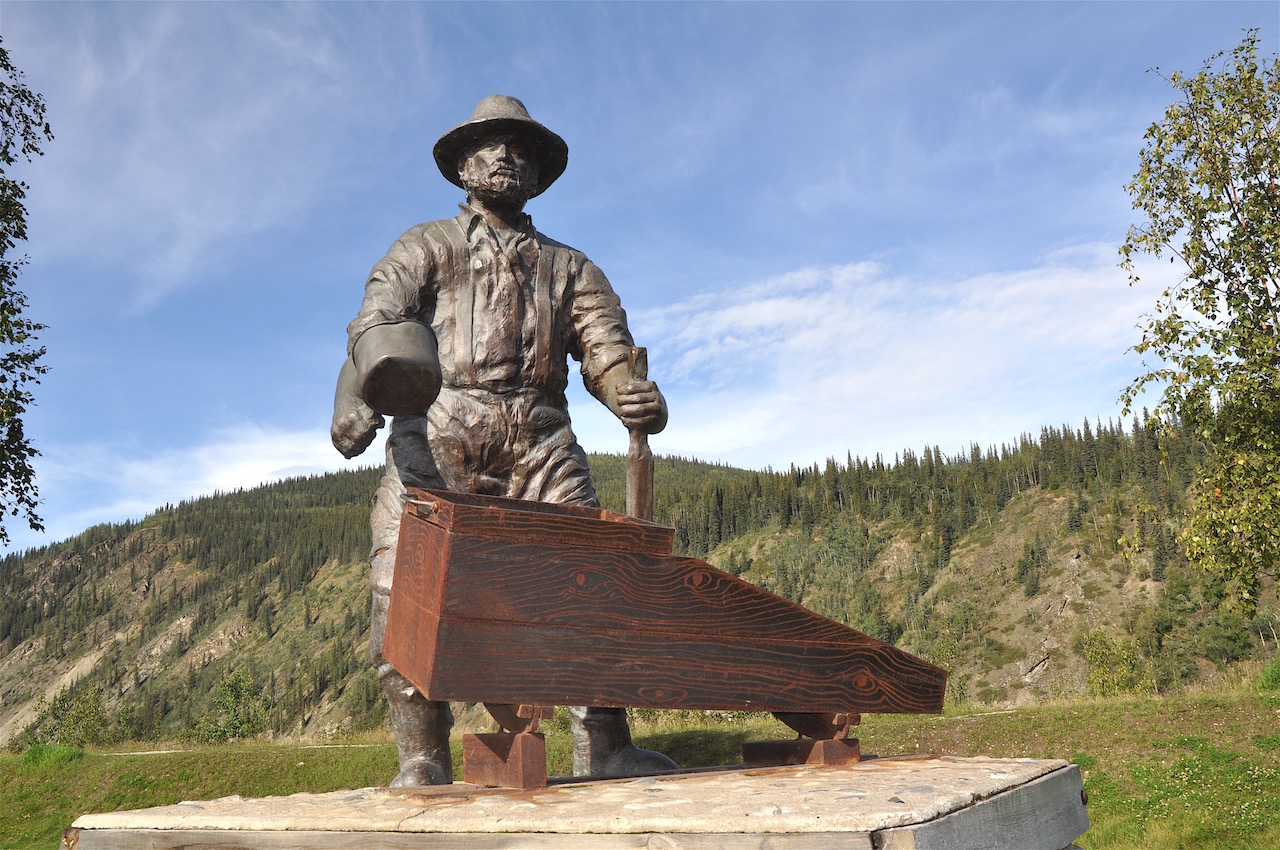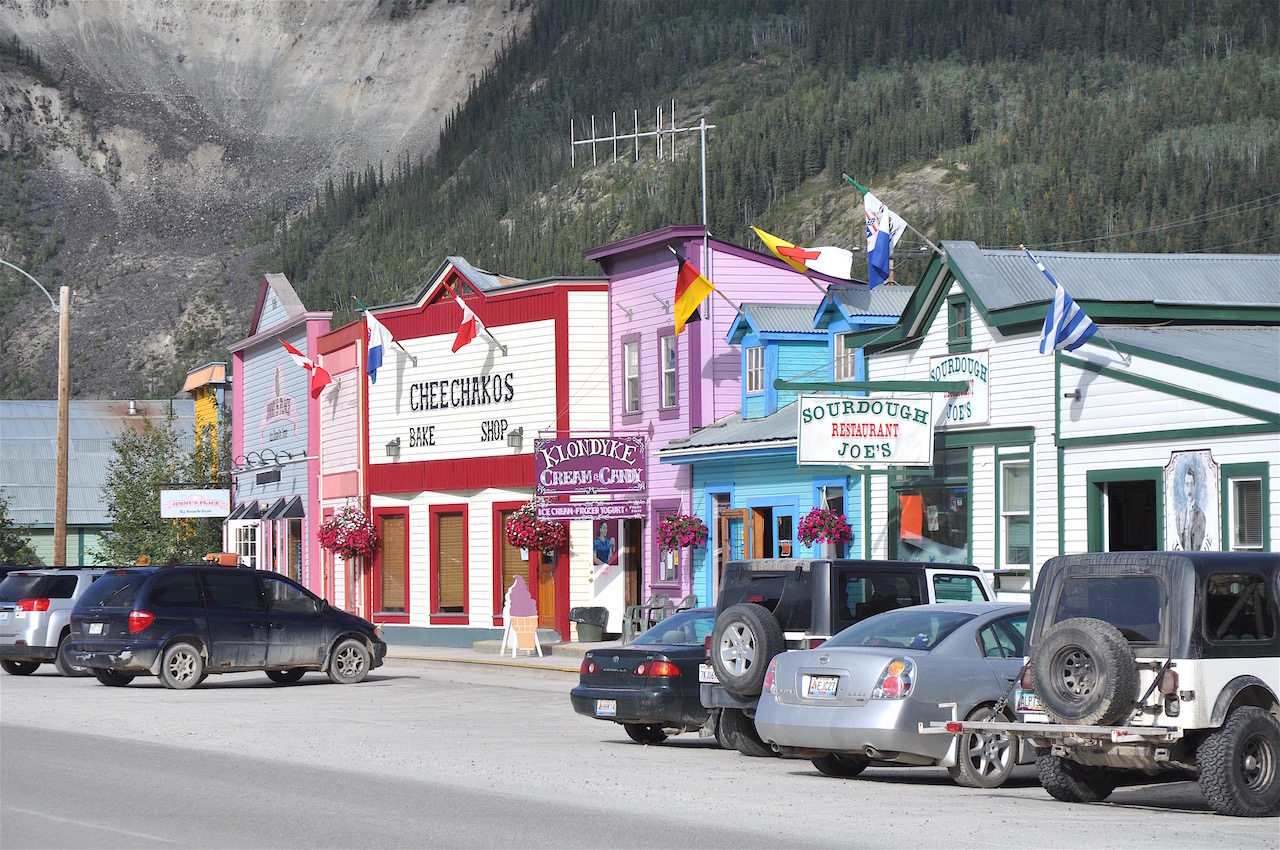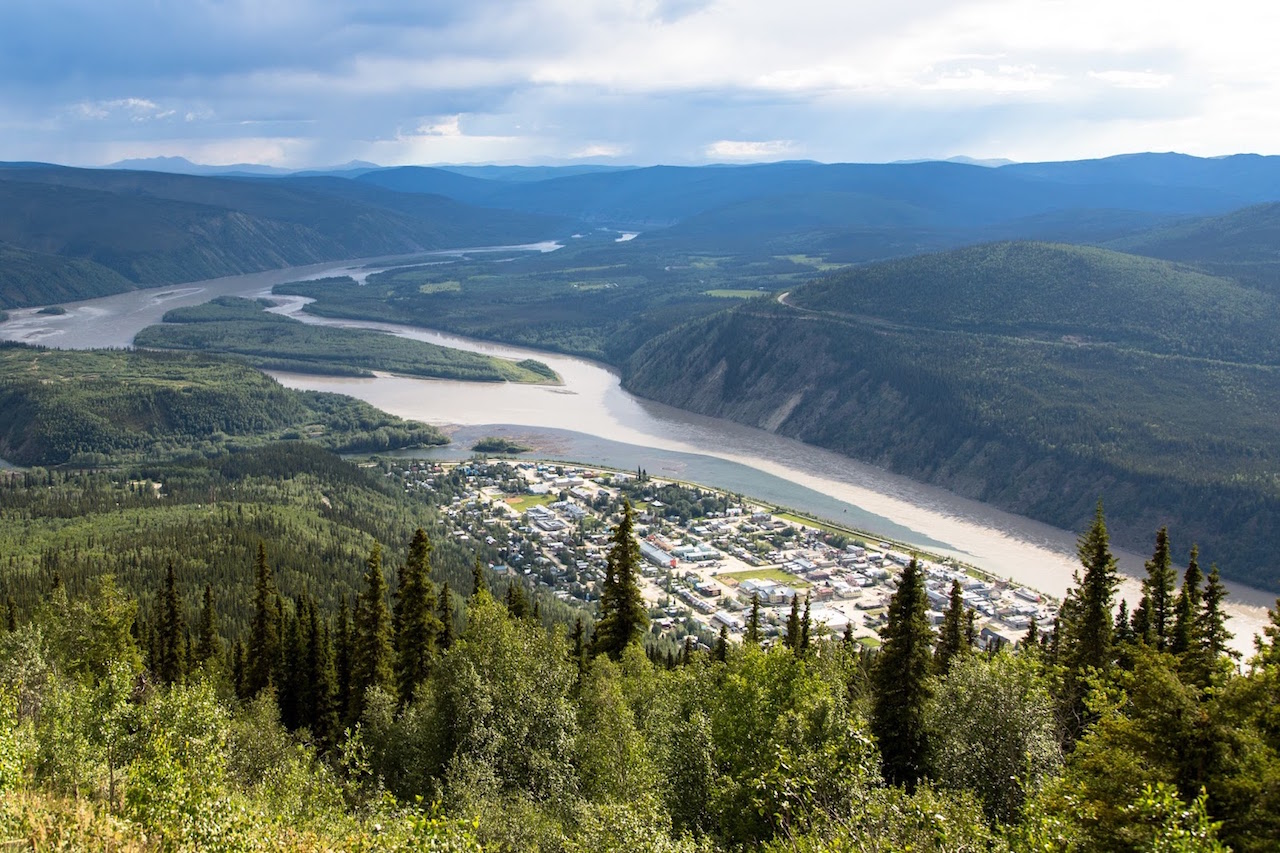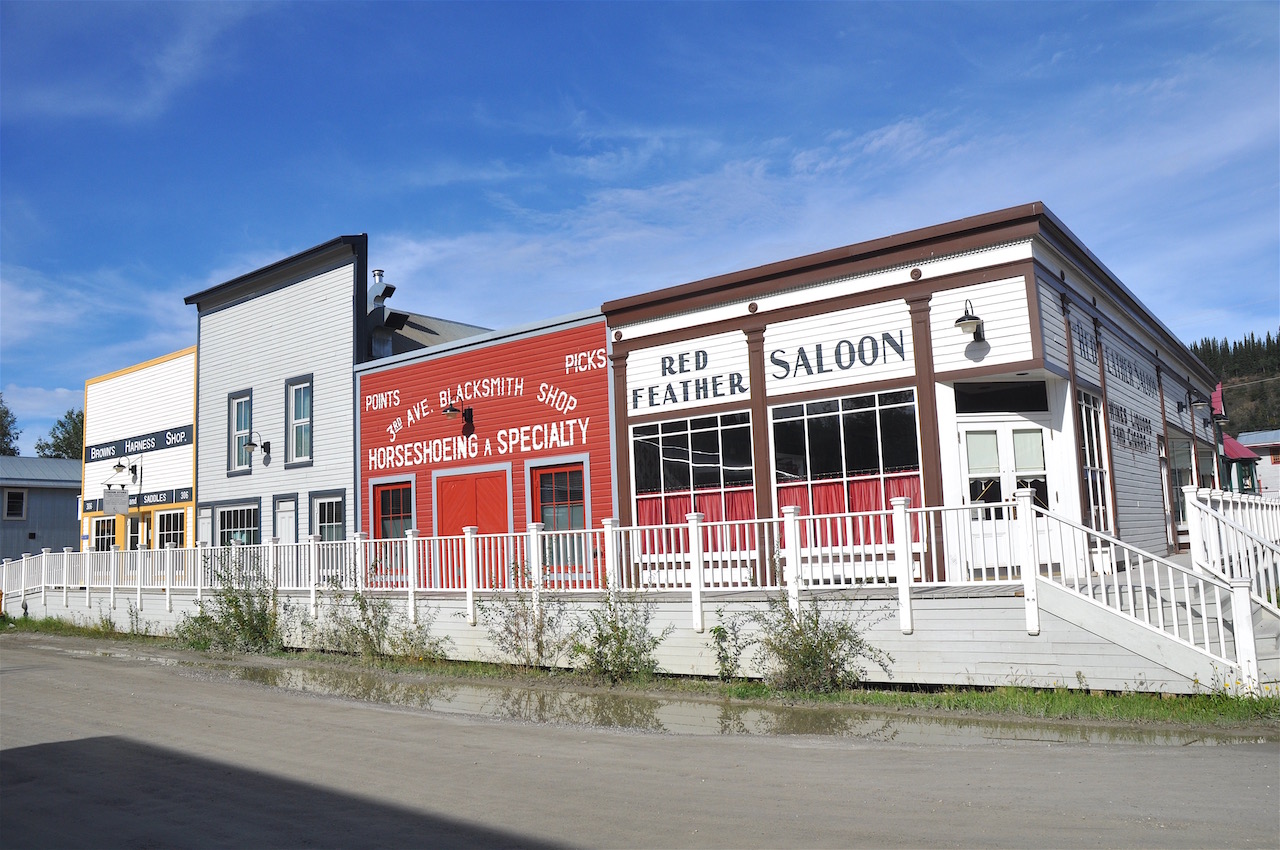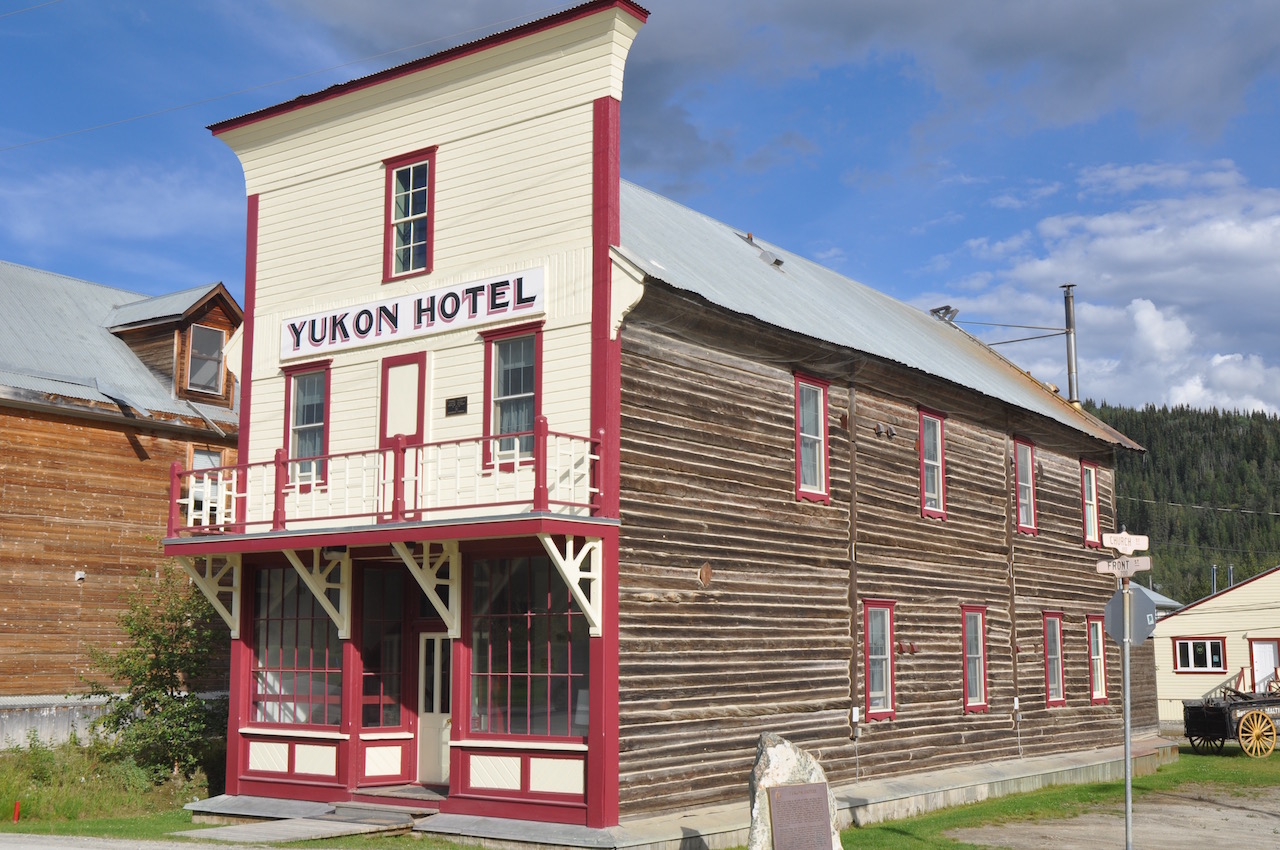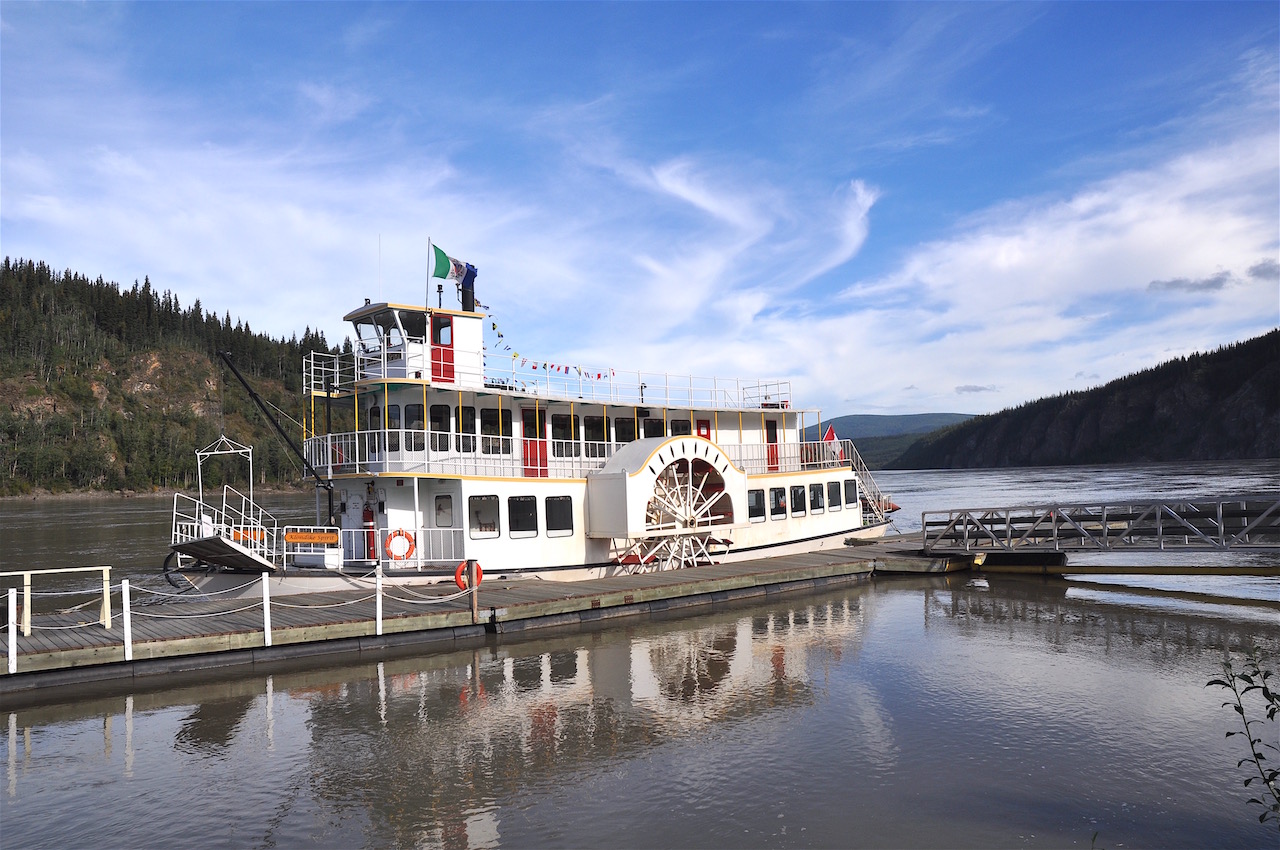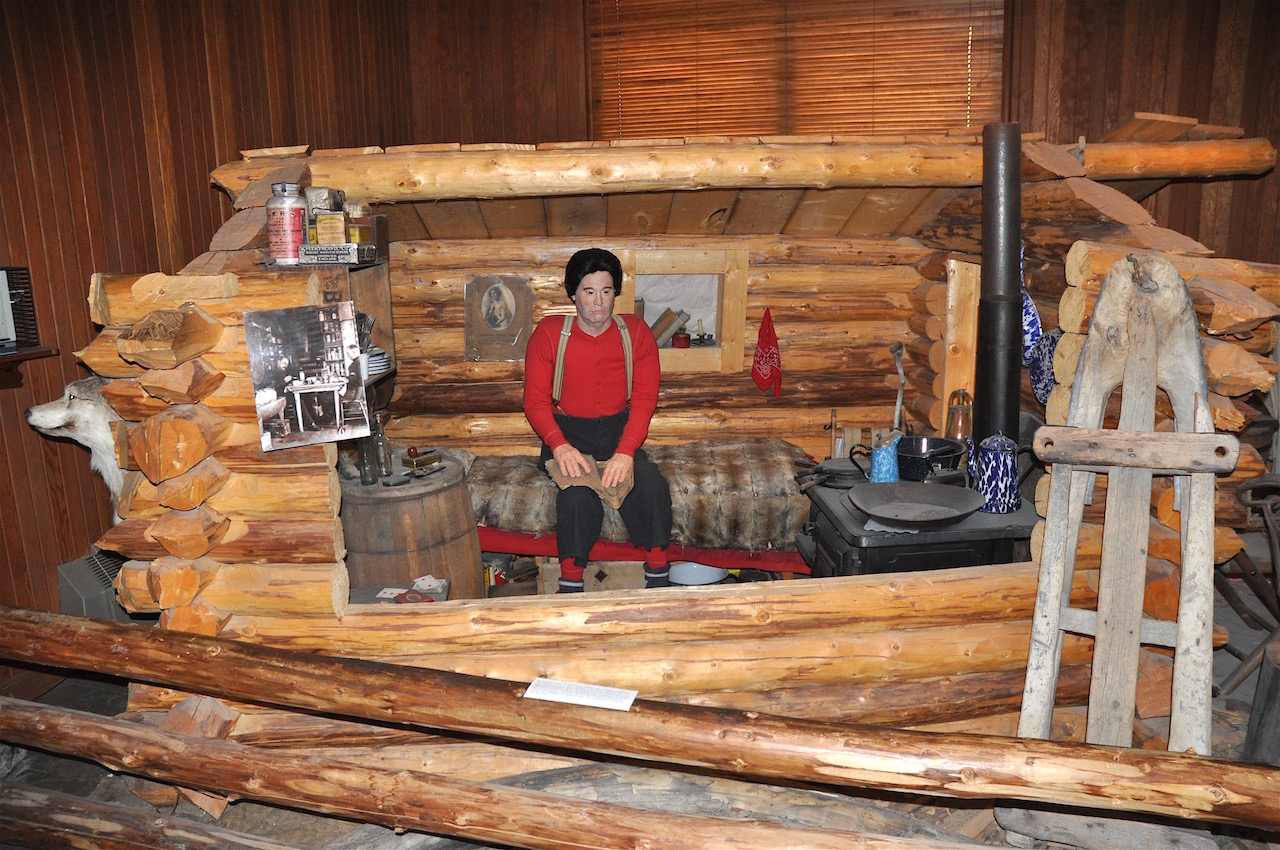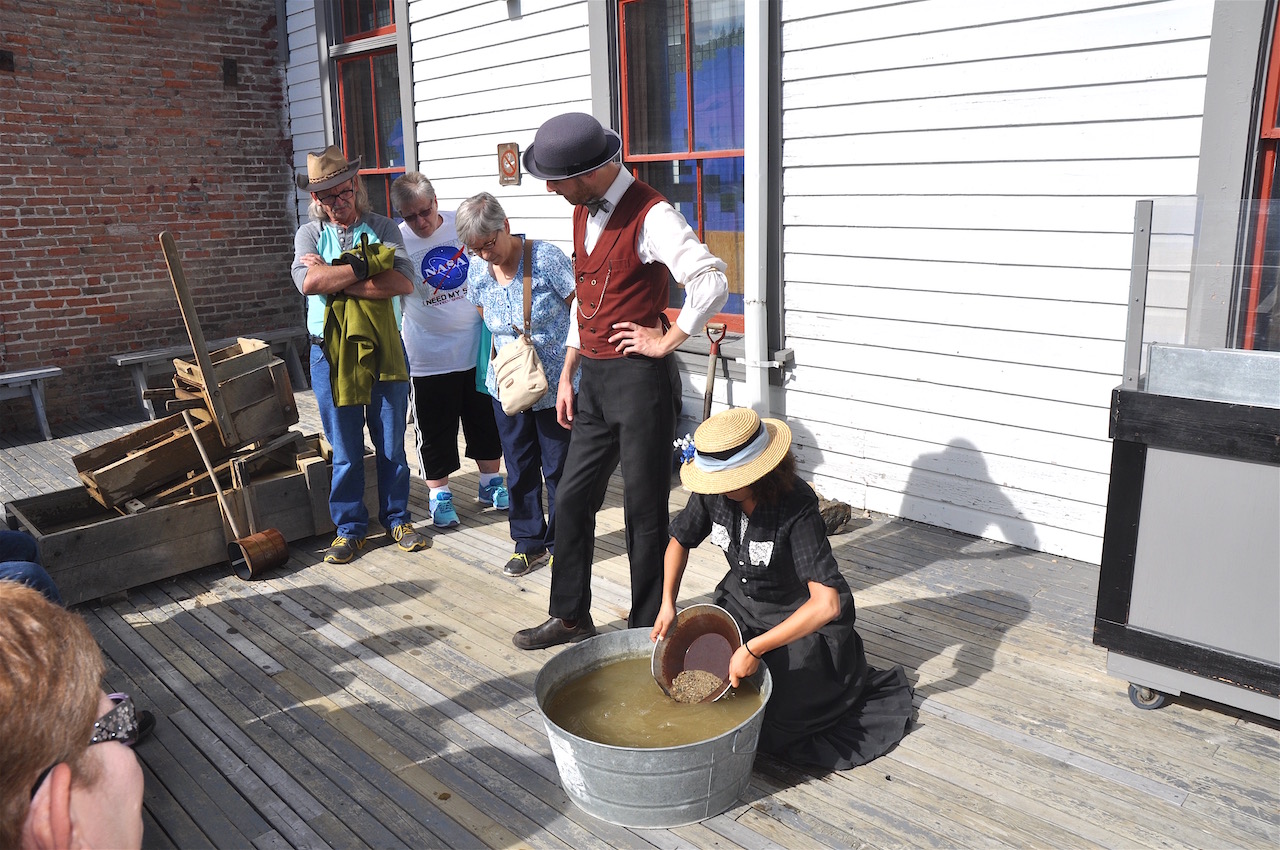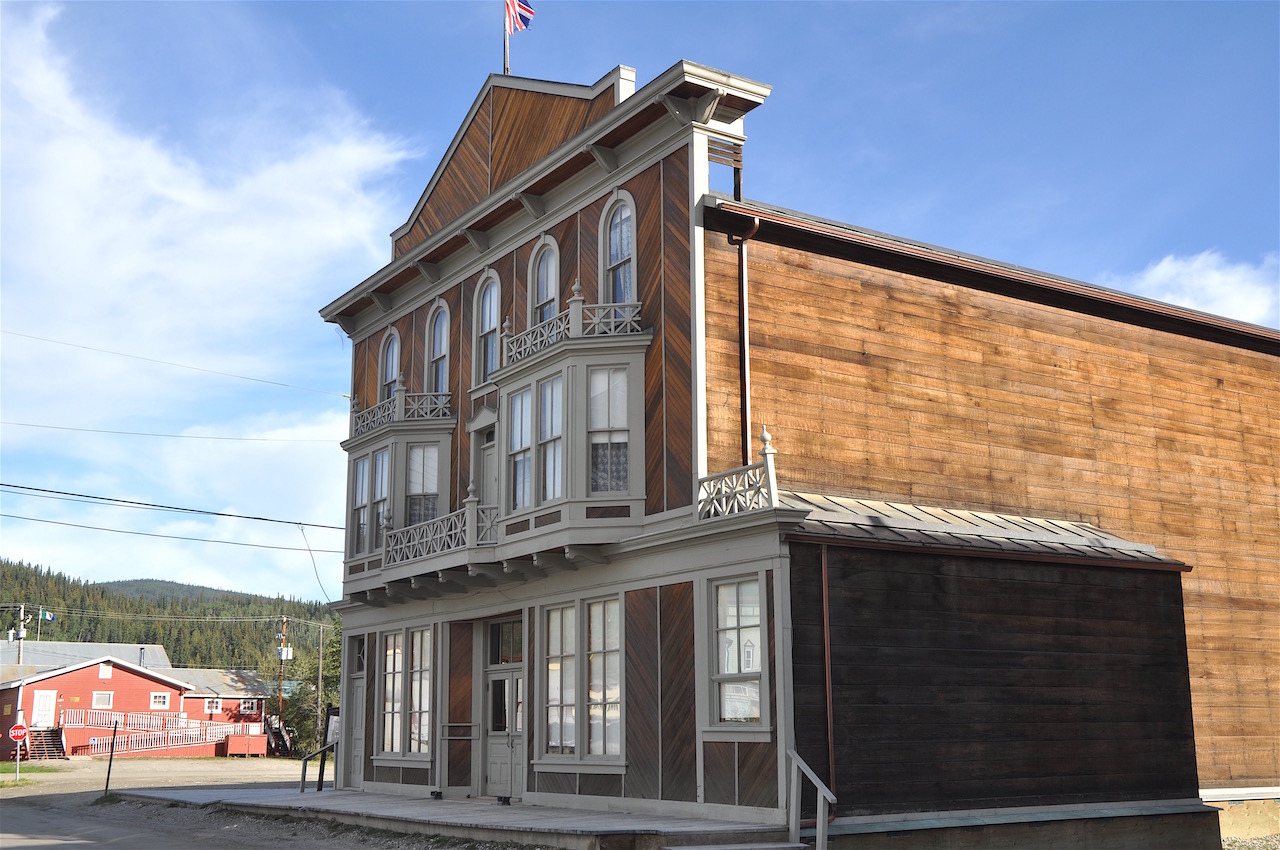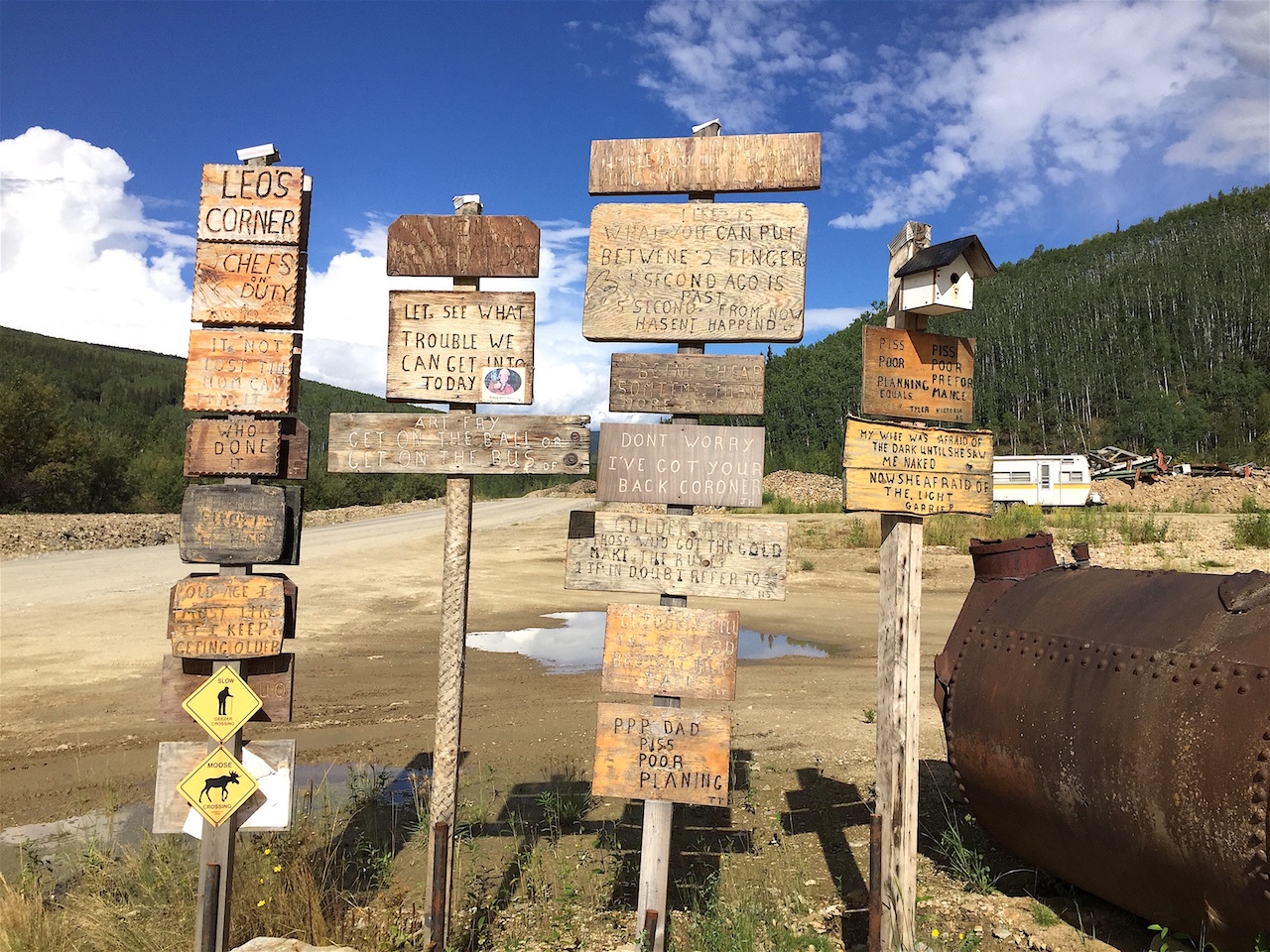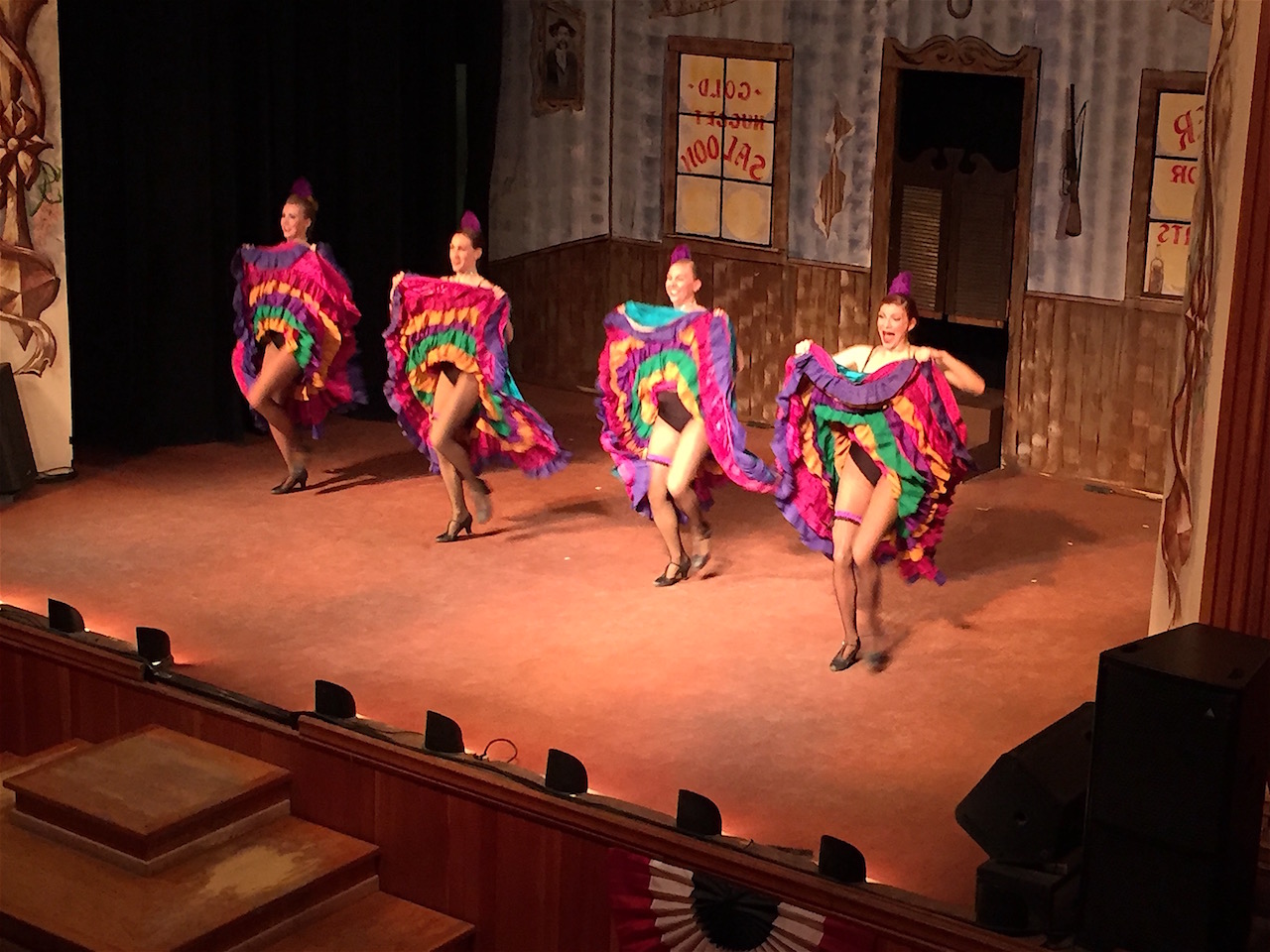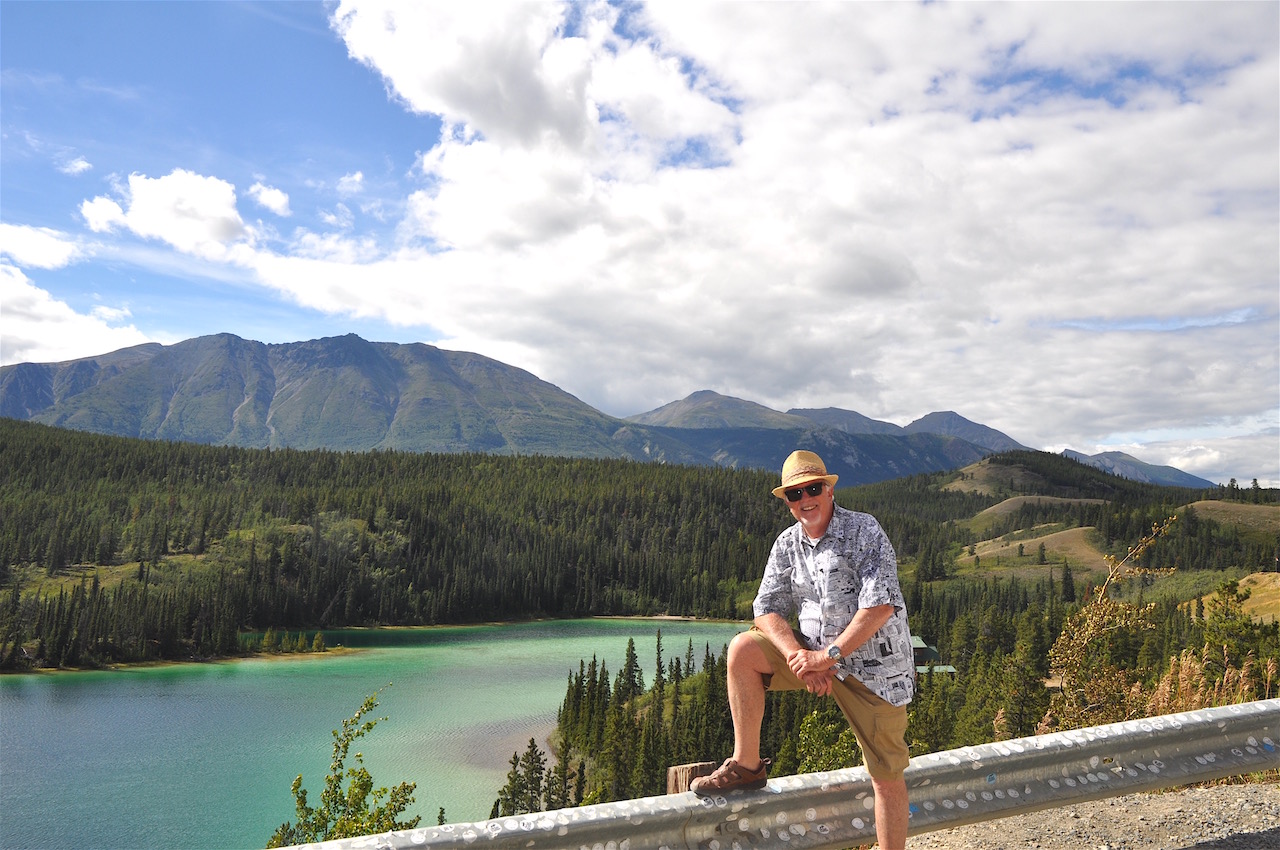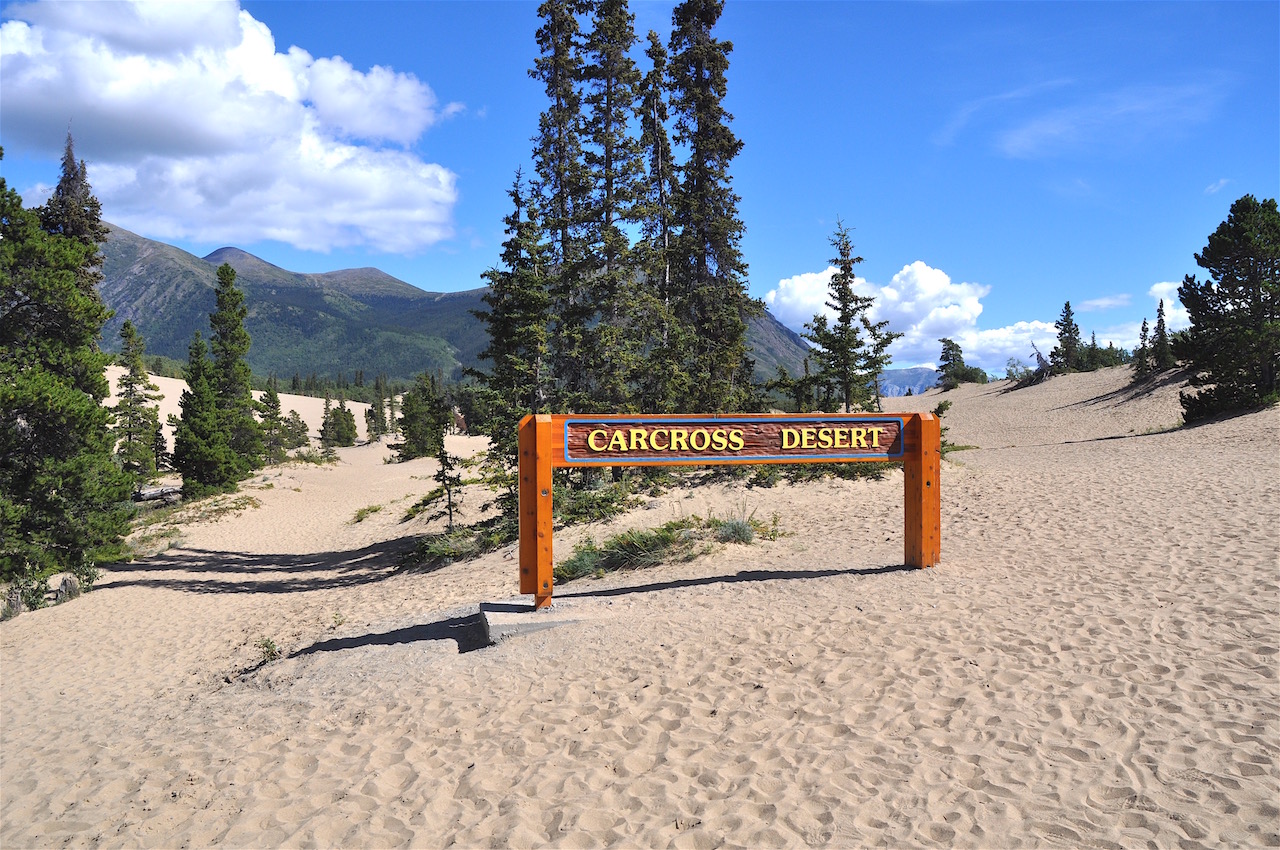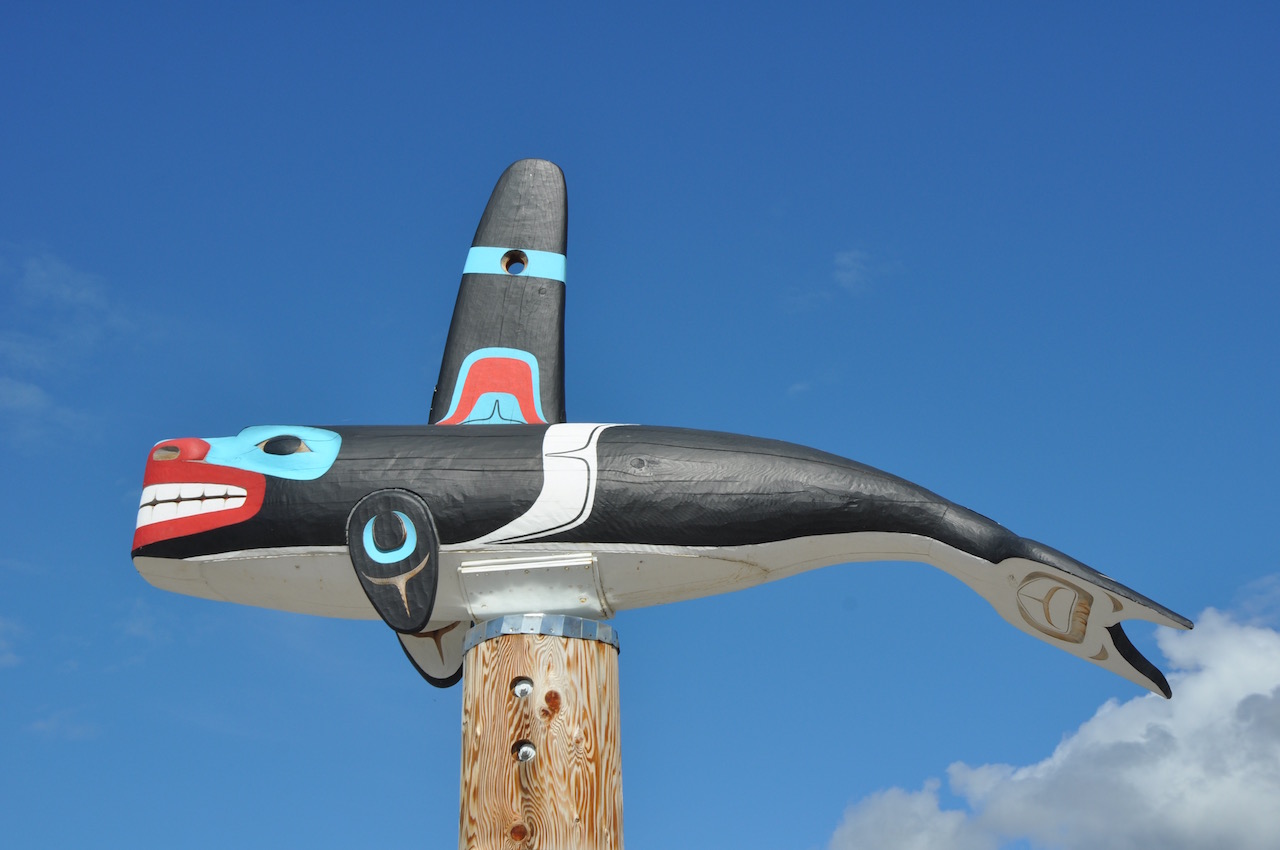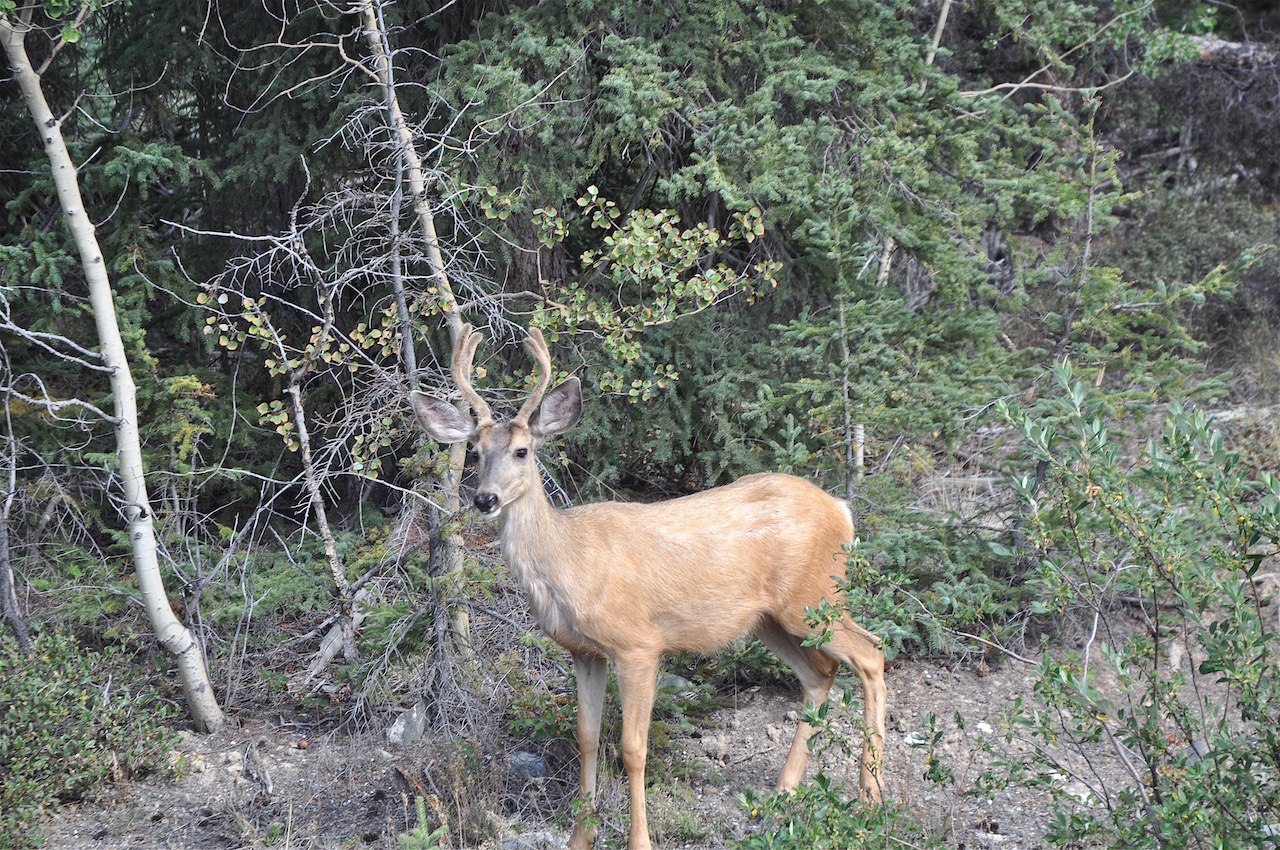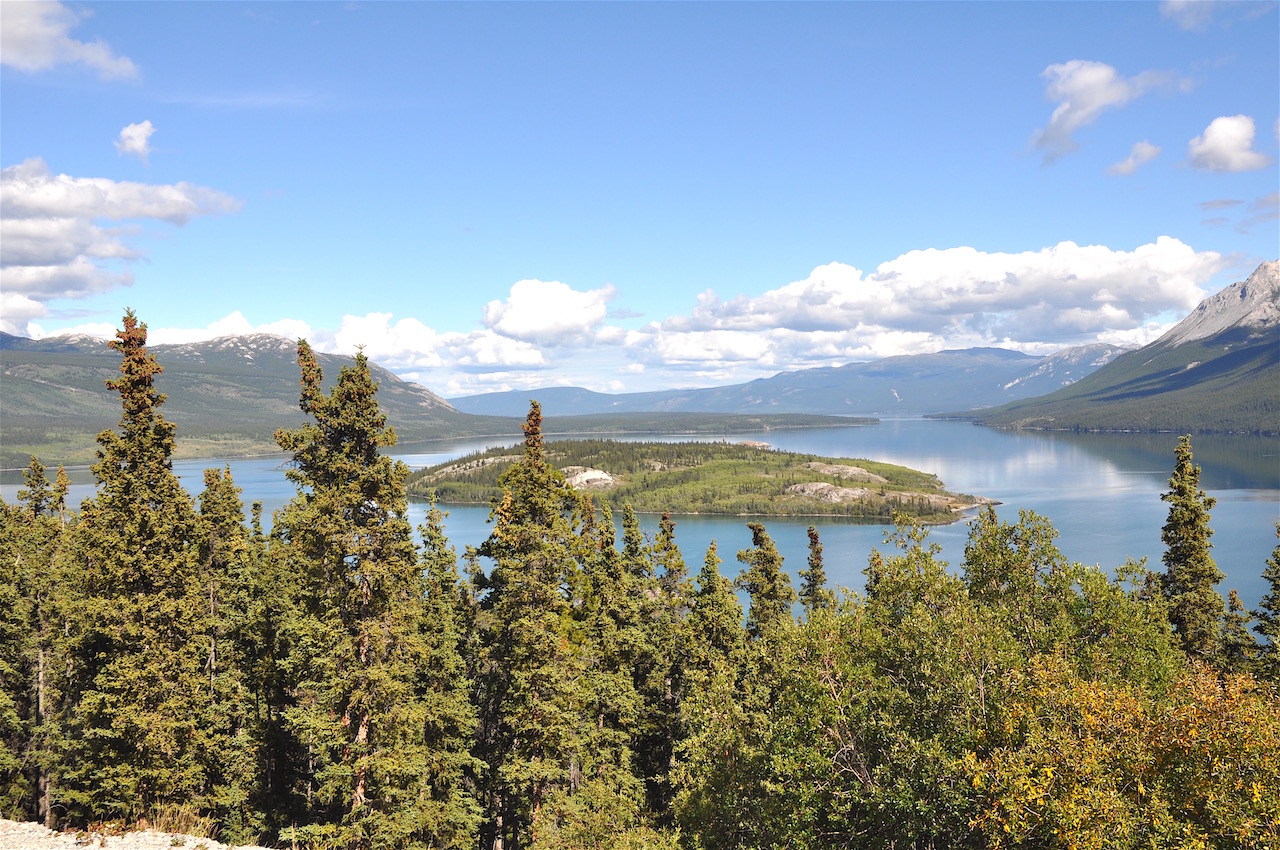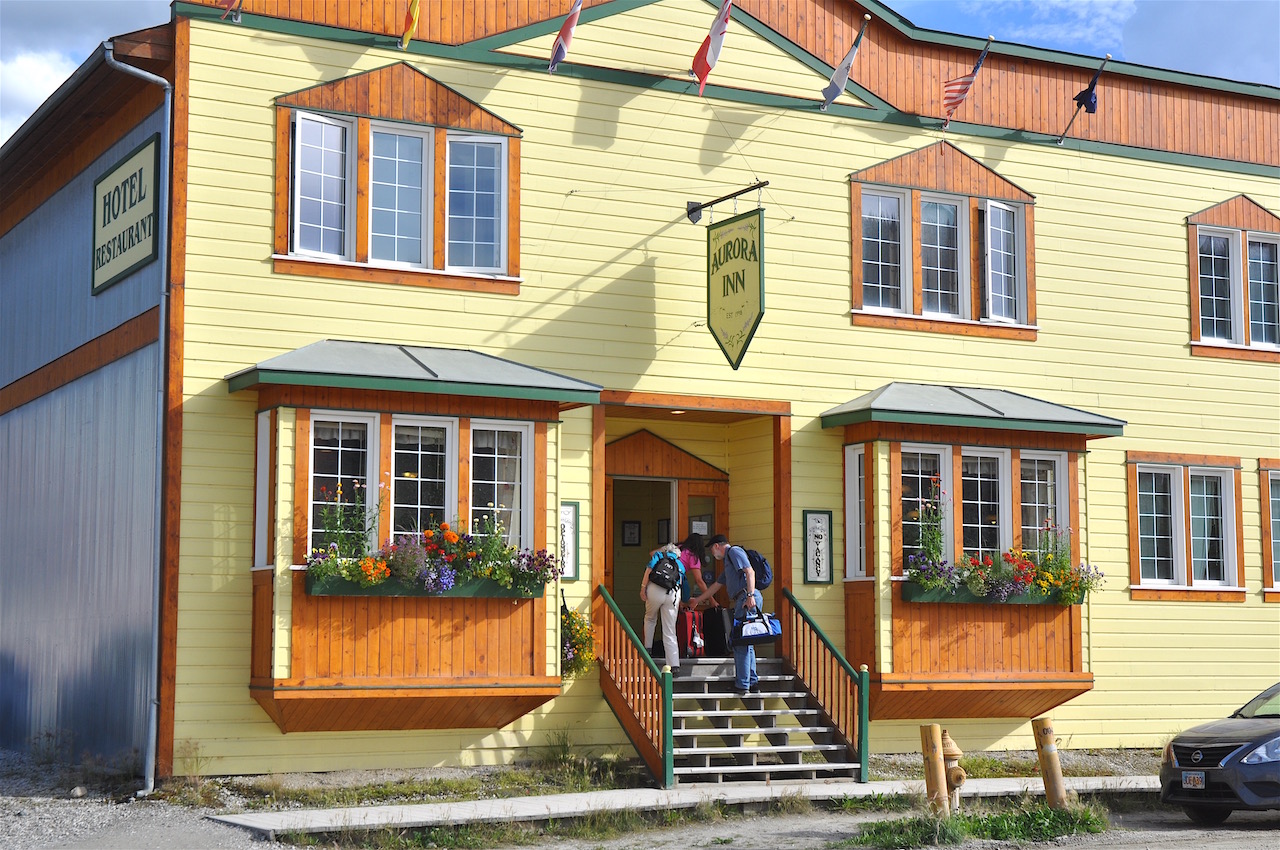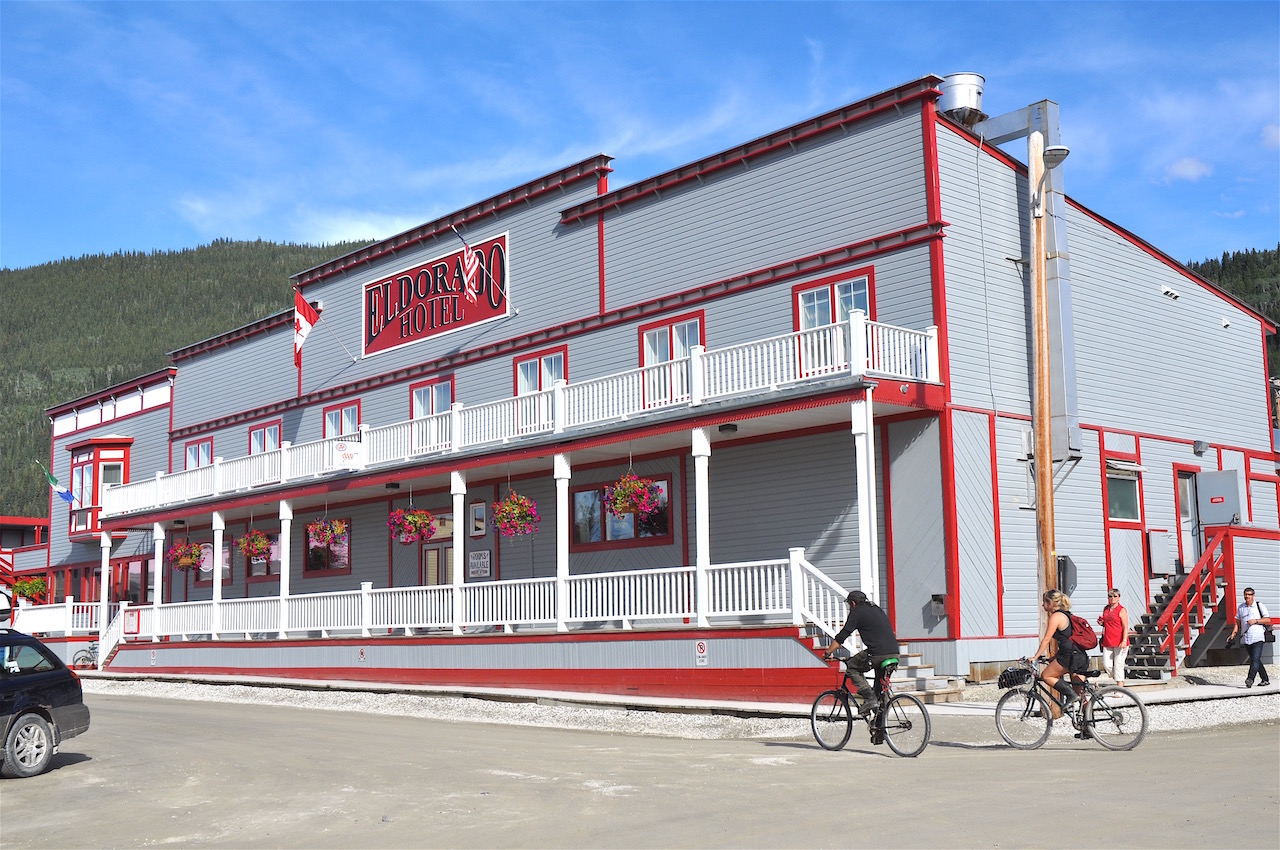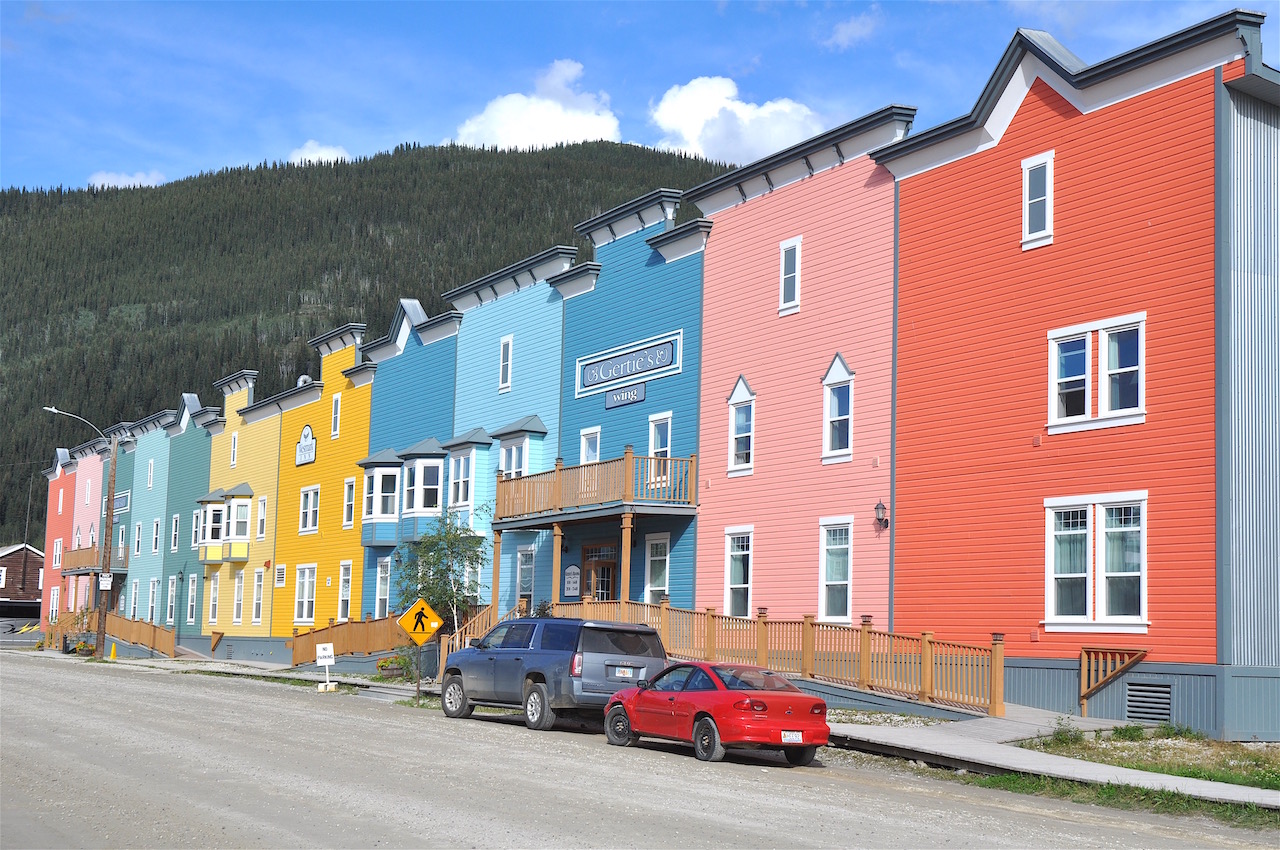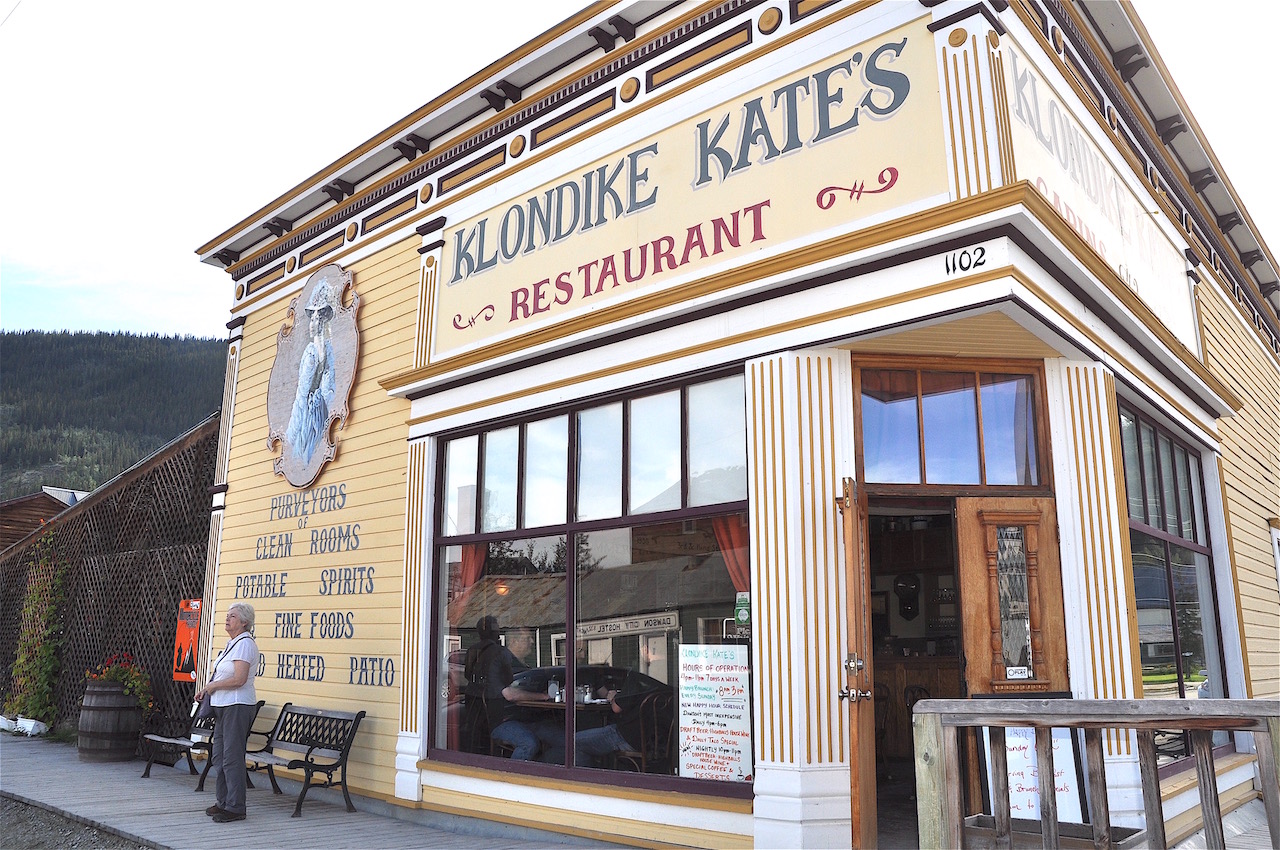Modern Getaway: Dawson City, Yukon
/Historical photos courtesy of Yukon Tourism Archives.
All others courtesy of Ron Duquette
Dawson: The Gold Rush City and jewel of the Yukon
The streets are not paved with gold. in fact, they aren’t paved at all. The occasional short stretch of clapboard sidewalk brings welcome relief to my tired feet as I meander through the 10 square blocks of what was once the largest city in Western Canada and capital of the newly created Yukon Territory.
I stop, rest, and conjure up in my mind what stories these buildings and streets could tell about their colorful past. Although its a quiet community now, one can easily visualize what this once thriving metropolis was like. I imagine the bearded miners, tattered but jovial, as they trade gold dust for supplies on its bustling streets and seek an evening of entertainment away from the drudgery of striking it rich in the nearby goldfields. Some of the weather-worn structures attest to the role they once played in this period of fantasy and lust. Gold can do that to a man. For here is a fascinating mixture of history and lore - providing tales which continue to draw thousands of curious tourists to the area each year.
In a world gripped by economic depression, news of the gold discovery in 1896 was electrifying. Skookum Jim (Keish) and two friends found the precious nuggets on Rabbit Creek (later named Bonanza Creek) that sparked the Klondike Gold Rush. About 30,000 transient stampeders from many nations braved the journey over the treacherous Chilkoot Pass and then by boat down the Yukon River to the cabins and tents of this new mining opportunity. If you survived, the trip took an average of 3 months to complete through blizzards and sub-zero conditions, carrying a ton of supplies.
Gold seekers climb the Chilkoot Pass on their way to Dawson City and the goldfields.
Miners pan for gold on Bonanza Creek
Dawson sprang up overnight as the hub of service and supply for the goldfields, a legendary Edwardian-styled boomtown of Victorian facade elegance that masked the plank-board construction on a swamp. The mud streetscapes with wooden boardwalks, false-fronted dance halls, hotels and rooming houses, bars, brothels, gambling halls, stores, restaurants and warehouses, all operated by proprietors who made fortunes “mining the miners” were a frenzy of activity day and night.
An early typical sluice box mining operation
From 1896 to 1899, $29 million in gold was pulled from the ground around Dawson City. It became known as the “Paris of the North” for its pioneer opulence and gaiety. Overnight millionaires roamed the streets seeking ways to squander their riches. The best food, drink and clothing were all available for purchase, at a very high cost. In his book, “The Klondike Quest,” Pierre Burton described the city this way: “Dawson changed its shape almost daily, almost hourly. There were no maps and no street addresses for tents, cabins and men were constantly shifting.”
But this extravagance was short lived.
The frenzy of the Klondike Gold Rush lasted only three years. By 1900, most miners had sold their claims to corporations, and the era of the individual hand miner was at an end. When gold was found on the beaches of Nome, Alaska in 1899, many of these same men and women who came seeking fortunes in the Klondike left Dawson for a new gold rush.
A statue honouring the early miners overlooks Dawson’s main street.
Colorful retail stores on Front Street.
Although 25 years apart, this is my second visit to this small community dedicated to the preservation of one of Canada’s most interesting and historic periods, and I am pleased to see that not much has changed. It still maintains that charming frontier town look and feel that I remembered so vividly.
The view from Midnight Dome at the confluence of the Yukon and Klondike rivers.
Dawson today still evokes the heartbeat of the greatest gold rush in history with its boardwalks and vintage false-fronted buildings. There remains a collection of over two dozen buildings from the gold rush era nestled among the modern structures of the community of Dawson City including many that are fully restored and interpreted by Parks Canada staff.
An old building awaits refurbishing.
The original Yukon Hotel restored to its original glory.
The Klondike Spirit paddle-wheeler awaits its next group of tourists to experience a trip on the fast-moving Yukon River.
The Dawson City museum is the perfect place to begin your exploration of the city and experience the Gold Rush through the stampeders, entrepreneurs and visionaries who
were its founders. Other notable must-see attractions include the Palace Grand Theatre where vaudeville acts, comedy, music and melodrama were featured nightly. Tea on the verandah of the Commissioner’s Residence after a tour of the home will be memorable as will a visit to the Robert Service cabin where the world famous poet penned “The Cremation of Sam McGee.”
The Dawson City Museum.
Parks Canada staff demonstrate the art of panning for gold.
A visit to Dawson City is not complete without a trip to the Goldfields and Dredge No. 4, the largest gold digging machine of its kind in the world. You may also pan for gold (with a guarantee of success) at Claim 33 just 2.5 km’s outside of Dawson. Fun for the whole family. Dredge #4 is a National Historic Site and well worth the tour. Built in 1912 and operated until 1940, it is the size of a football field and eight stories high. These dredges were a very efficient means of mining for gold, operating for 24 hours per day from early May til late November. The ground at the mouth of Hunker Creek where it originally operated, produced as much as 800 ounces of gold in a single day. While these big operations have left Dawson, there’s still plenty of the shiny stuff in them thar hills! Smaller operators make up most of the current activity. 88% of all gold mined in the Yukon comes from the Dawson area and during 2015, a total of 41,705 ounces were reported from placer gold production with a value of $47,906,000. Interested?
Dredge No. 4.
Old miner’s signs on the road into the goldfields.
Stepping back in time with an evening at Diamond Tooth Gerties Gambling Hall, Canada’s first legalized gambling establishment, is a must. Complete with slots and gaming tables in an old saloon atmosphere, Gerties features a sassy, burlesque-styled cancan show that alone is worth the price of admission. And the best part? The hall is operated as a not-for-profit with all proceeds going back into the community.
Getting there is half the fun with several options available. Initially, you will want to spend some time in Whitehorse, the capital of the Yukon, to soak up some of its rich culture and history. An urban enclave nestled in a broad, forested valley with mountains flanking either side, you will fall in love with Whitehorse’s endearing small-town personality. The surrounding area including day trips to Carcross and Skagway, Alaska will allow you to feast on the natural beauty of one of the most unique and magical places on earth.
The author enjoys the view of Emerald Lake on the way to Skagway, Alaska.
On to Dawson... by car, you are looking at a scenic 6-7 hour drive up the Klondike Highway with plenty of wildlife-spotting opportunities, breathtaking views and countless photo ops. Bus transportation is also available from Whitehorse as is air travel - one hour via Air North, Yukon’s airline. For the adventurous, Dawson is a 10-12 day (650 km) canoe trip from Whitehorse, a relatively leisurely trip that I doubt you will ever forget.
You’ll find a wide range of accommodations in the area - from campgrounds, RV parks and hostels to luxurious hotel suites and log cabins with all the modern amenities. If you are fortunate to be in Dawson for Sunday brunch at Klondike Kate’s Restaurant, I guarantee the best mushroom and vegetable omelette you have ever tasted featuring local produce and ingredients.
Check out Klondike Kate’s for the best breakfast in town.
The Yukon. Its vastness and beauty is unparalleled in North America.
Perhaps Robert W. Service best captured its allure when he wrote of this magnificent place so many years ago in The Spell of the Yukon:
“There’s a land where the mountains are nameless,
And the rivers all run God knows where;
There are lives that are erring and aimless,
And deaths that just hang by a hair;
There are hardships that nobody reckons;
There are valleys unpeopled and still;
There’s a land - oh, it beckons and beckons,
And I want to go back - and I will.”
Enjoy the full gallery below:





















